How to Plant Wildflower Seeds
- February 13, 2024
- 0 comment
Wildflowers are not only beautiful additions to any landscape, but they also play a crucial role in supporting biodiversity and pollinators. Planting wildflowers in your garden can transform it into a vibrant, colorful haven for both you and local wildlife. Whether you’re a seasoned gardener or just starting out, here’s a comprehensive guide on how to plant wildflowers and create a flourishing ecosystem right in your backyard.
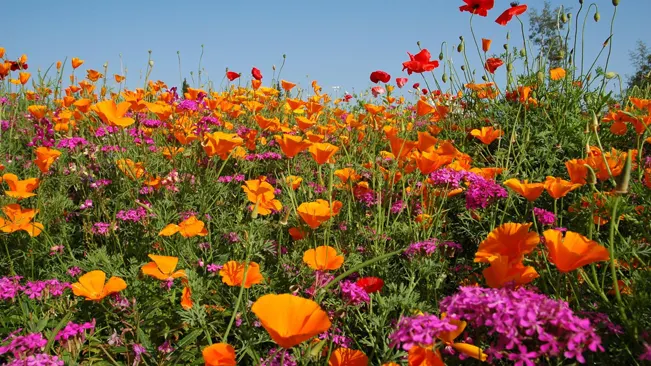
Wildflowers refer to flowering plants that grow in the wild, without human intervention or cultivation. These plants are typically native to a specific region or habitat and have adapted to thrive in their natural environment. Unlike cultivated garden flowers, wildflowers are often hardy and resilient, able to survive in a variety of conditions.
- Native Habitat: Wildflowers are indigenous to specific regions and are well-adapted to the local climate, soil, and ecological conditions.
- Seasonal Blooms: Many wildflowers have distinct blooming seasons, with flowers appearing at different times throughout the year, often in response to environmental cues such as temperature and daylight.
- Diverse Species: Wildflowers encompass a wide variety of plant species, including annuals, perennials, biennials, and herbaceous plants. They come in various shapes, sizes, and colors, adding diversity and beauty to natural landscapes.
- Ecological Importance: Wildflowers play a vital role in supporting local ecosystems by providing food and habitat for pollinators such as bees, butterflies, and birds. They also help stabilize soil, control erosion, and contribute to the overall biodiversity of an area.
Choose the Right Location
Selecting the appropriate location is crucial for the success of your wildflower garden. Most wildflowers thrive in areas with plenty of sunlight, so choose a spot that receives at least 6-8 hours of direct sunlight per day. Additionally, ensure the soil is well-draining to prevent waterlogging, as most wildflowers do not tolerate soggy conditions.
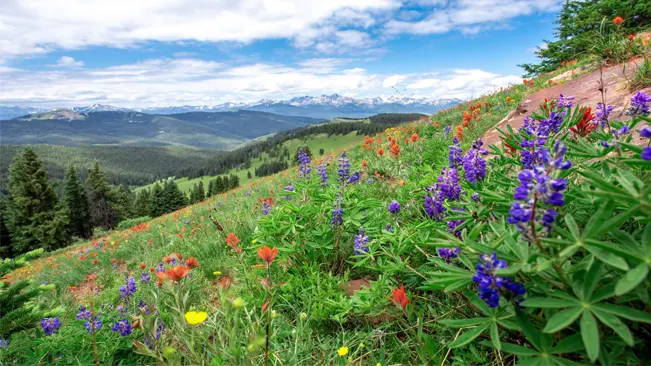
- Sunlight: Most wildflowers thrive in areas with ample sunlight. Choose a location that receives at least 6-8 hours of direct sunlight per day, though some species may tolerate partial shade. Avoid areas that are heavily shaded by buildings, trees, or other structures, as this can inhibit the growth of wildflowers.
- Soil Type: Different wildflower species have specific soil preferences. Conduct a soil test to determine the pH level and nutrient content of your soil. Most wildflowers prefer well-draining soil with a pH range of 6.0 to 7.0. Sandy or loamy soils are generally preferred over heavy clay soils, as they provide better aeration and drainage.
- Moisture Levels: Consider the moisture levels of the chosen location. While some wildflowers prefer moist or even wet conditions, others are drought-tolerant and thrive in drier soils. Avoid areas prone to waterlogging, as this can cause root rot and other issues. If your garden has poor drainage, consider amending the soil or creating raised beds to improve drainage.
- Space and Accessibility: Determine the available space for your wildflower garden and ensure it is easily accessible for planting, watering, and maintenance tasks. Consider the size and scale of your garden, keeping in mind that wildflowers can spread and naturalize over time. Allow enough room for the plants to grow and expand without overcrowding.
- Local Regulations: Check local regulations and guidelines regarding planting wildflowers, especially if you live in a homeowners’ association or conservation area. Some areas may have restrictions on planting certain species or may require permits for landscaping projects.
- Microclimates: Take into account microclimates within your garden, such as areas that receive more wind exposure or are prone to frost pockets. These microclimates can affect the growth and performance of wildflowers, so choose a location that minimizes potential risks and maximizes favorable conditions.
- Aesthetic Considerations: Consider the aesthetic appeal of the chosen location and how it fits within your overall landscape design. Wildflower gardens can add natural beauty and color to your outdoor space, so select a location where they can be enjoyed and appreciated.
Prepare the Soil
Before planting, it’s essential to prepare the soil to provide the best growing conditions for your wildflowers. Start by removing any weeds, rocks, or debris from the area. Loosen the soil using a garden fork or tiller to improve aeration and drainage. You can also incorporate organic matter such as compost to enrich the soil and provide essential nutrients for the plants.
Clear the Area
Begin by clearing the selected area of any existing vegetation, weeds, rocks, or debris. Use a garden rake or hoe to remove surface vegetation and debris, taking care not to disturb the soil too deeply.

Test the Soil
Conduct a soil test to determine its pH level and nutrient content. Most wildflowers prefer slightly acidic to neutral soil with a pH range of 6.0 to 7.0. Soil testing kits are available at garden centers or through agricultural extension services. Follow the instructions provided with the kit to collect a soil sample and send it to a laboratory for analysis.
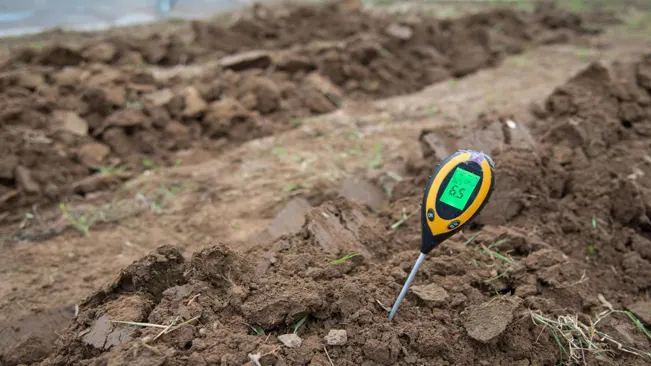
Amend the Soil
Based on the results of the soil test, amend the soil as needed to improve its texture and fertility. If the soil is too acidic, add lime to raise the pH level. If it’s too alkaline, add sulfur or other acidifying agents to lower the pH. Incorporate organic matter such as compost, well-rotted manure, or peat moss to improve soil structure and provide essential nutrients for plant growth.
Loosen the Soil
Use a garden fork, tiller, or soil cultivator to loosen the soil to a depth of 6-8 inches. This will help improve aeration, drainage, and root penetration. Work the soil thoroughly, breaking up any clumps or compacted areas.
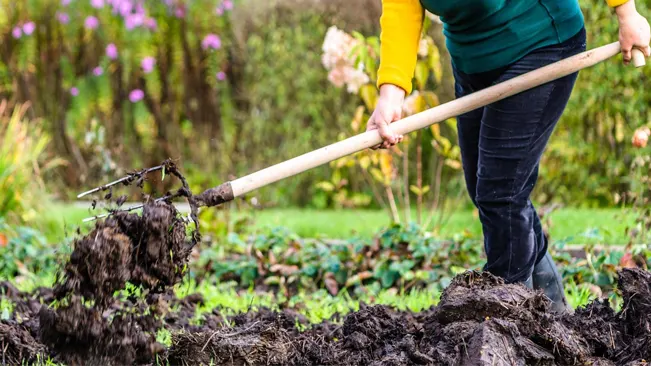
Remove Weeds
Take the time to remove any remaining weeds or grass roots from the soil. Weeds can compete with wildflowers for resources such as water, nutrients, and sunlight, so it’s essential to eliminate them before planting. Be thorough in removing weeds to prevent them from re-establishing themselves later.
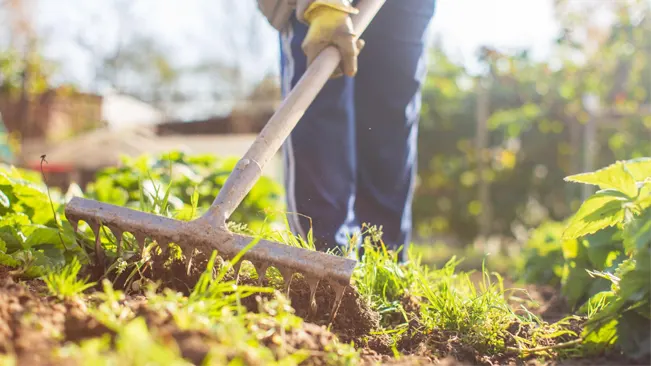
Level the Surface
After loosening the soil and removing weeds, level the surface using a rake or leveling tool. Smooth out any uneven areas and create a flat, uniform surface for planting. This will help ensure even germination and growth of the wildflower seeds.
Add Mulch (Optional)
Consider adding a thin layer of mulch, such as straw, shredded bark, or wood chips, to help retain moisture, suppress weeds, and protect the soil surface. Avoid using thick layers of mulch, as this can inhibit seed germination and seedling emergence.
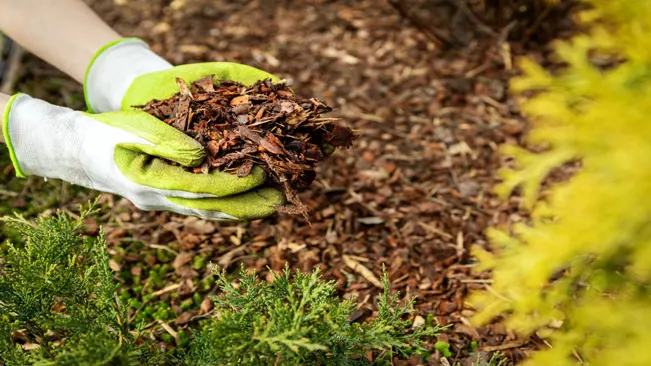
Select the Right Wildflower Seeds
Choose a mix of native wildflower seeds that are well-suited to your climate and soil type. Native wildflowers are adapted to the local ecosystem and require less maintenance once established. Look for seed mixes specifically labeled for your region or habitat type, such as meadow, woodland, or prairie wildflowers. You can purchase wildflower seeds from nurseries, garden centers, or online retailers.
The selection of wildflower seeds depends heavily on the climate and growing conditions of a specific region. Different wildflower species are adapted to thrive in various climates, ranging from hot and arid to cool and temperate. Here’s a breakdown of some popular wildflower seeds suited for different climates:
Hot and Arid Climate
In regions with hot, dry summers and limited rainfall, drought-tolerant wildflowers are ideal. These species can withstand high temperatures and minimal water availability. Examples include:
Desert Marigold (Baileya multiradiata)
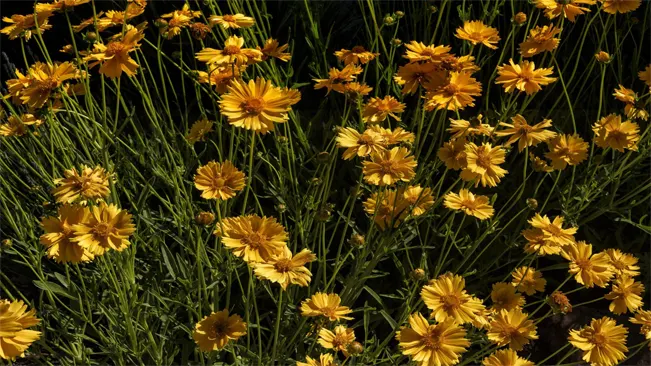
Desert Bluebells (Phacelia campanularia)
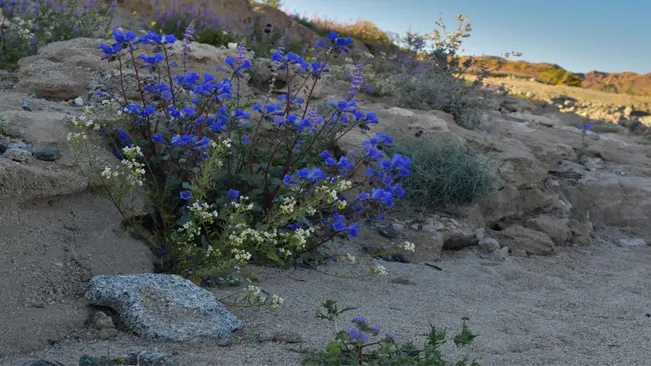
California Poppy (Eschscholzia californica)
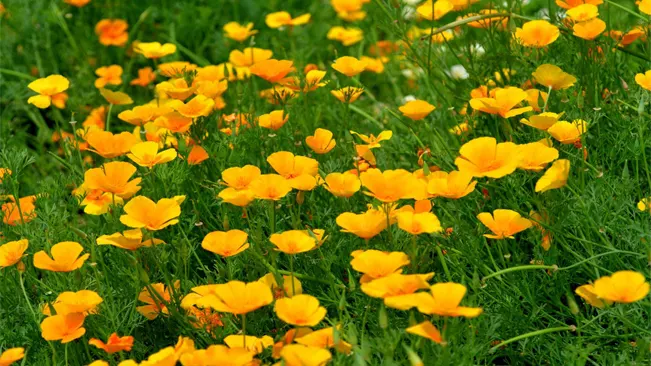
Blanketflower (Gaillardia spp.)
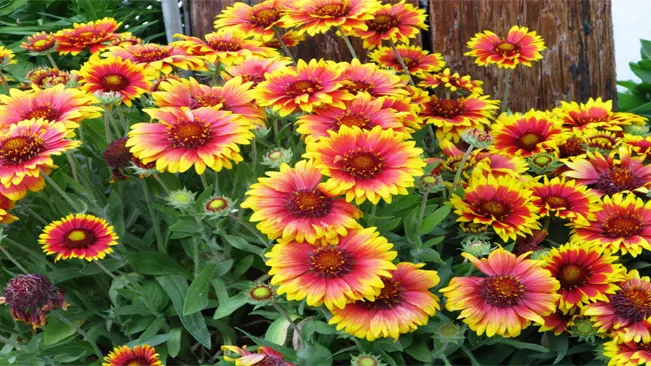
Indian Blanket (Gaillardia pulchella)

Cool and Temperate Climate
Areas with moderate temperatures and consistent rainfall support a wide range of wildflowers. These species thrive in temperate climates with distinct seasons. Examples include:
Black-Eyed Susan (Rudbeckia hirta)

Purple Coneflower (Echinacea purpurea)
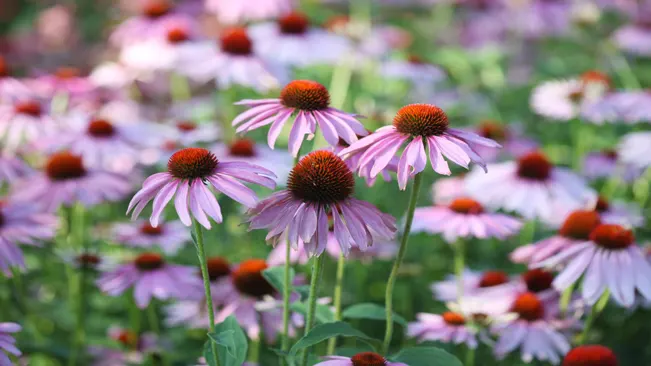
Coreopsis (Coreopsis spp.)

Bee Balm (Monarda spp.)
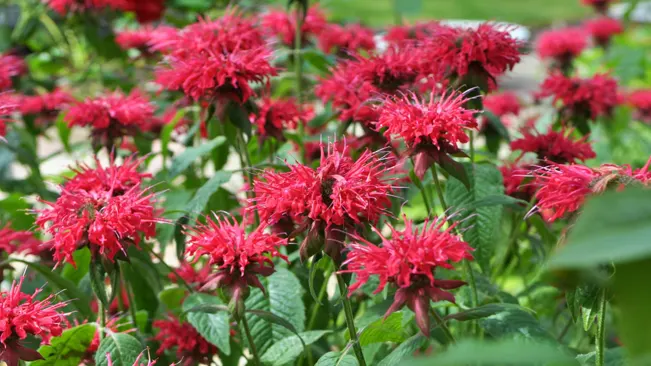
Aster (Aster spp.)
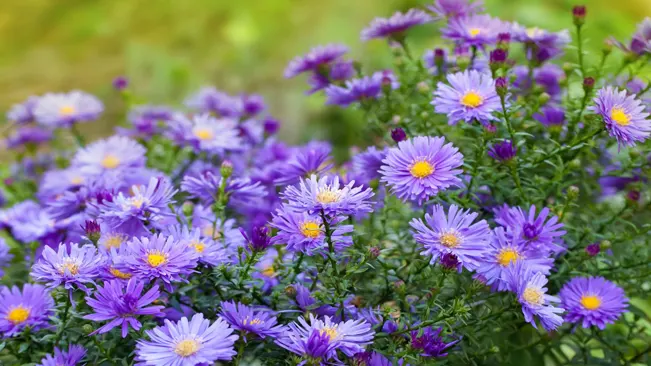
Coastal and Mediterranean Climate
Coastal regions and areas with a Mediterranean climate characterized by mild, wet winters and hot, dry summers are suitable for a variety of wildflowers. These species are often drought-tolerant and can withstand salt spray. Examples include:
Sea Lavender (Limonium spp.)
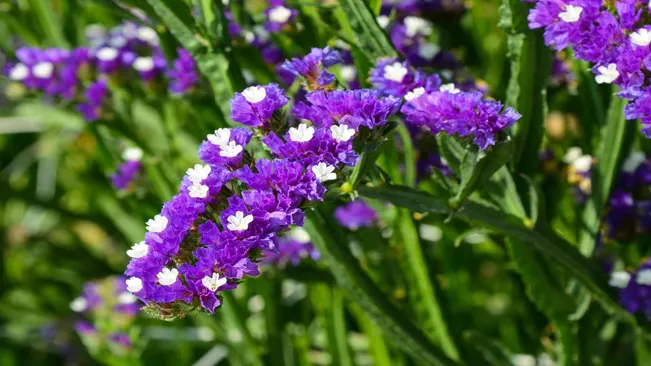
California Poppy (Eschscholzia californica)
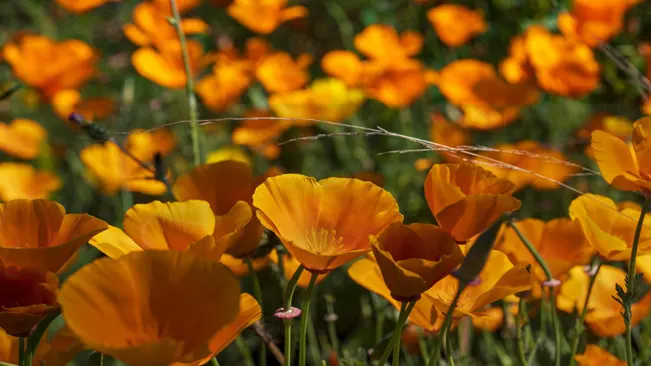
Beach Sunflower (Helianthus debilis)
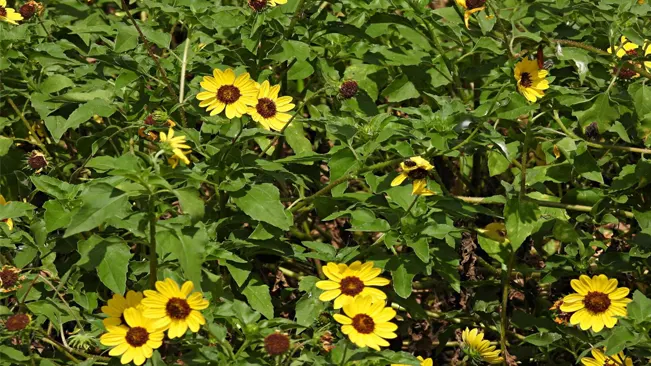
Blue-Eyed Grass (Sisyrinchium bellum)
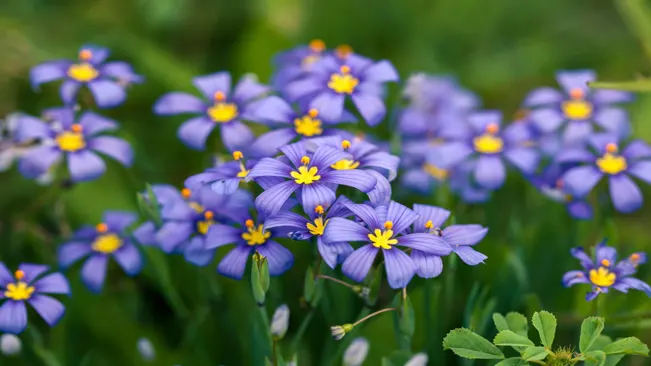
Sea Holly (Eryngium spp.)
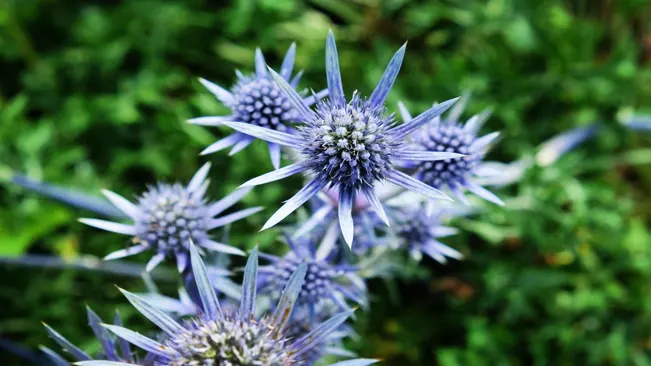
Mountain and Alpine Climate
High-altitude regions with cooler temperatures and shorter growing seasons require hardy wildflowers adapted to alpine conditions. These species can withstand frost and harsh weather. Examples include:
Alpine Aster (Aster alpinus)

Alpine Forget-Me-Not (Myosotis alpestris)
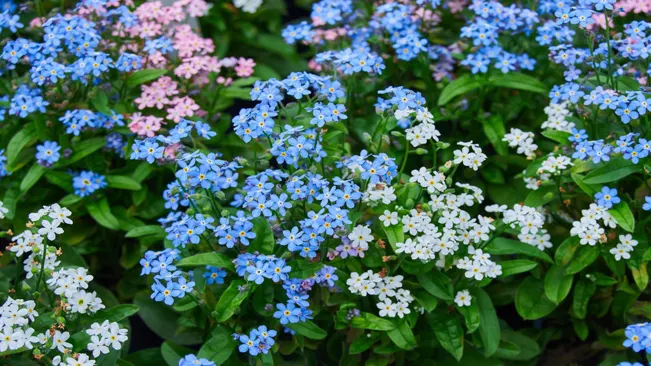
Rocky Mountain Columbine (Aquilegia saximontana)
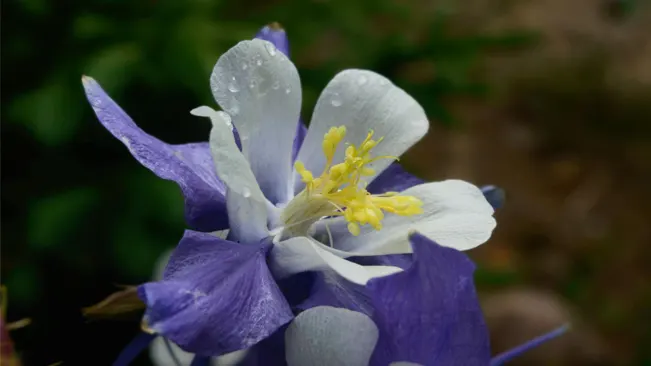
Alpine Phlox (Phlox condensata)
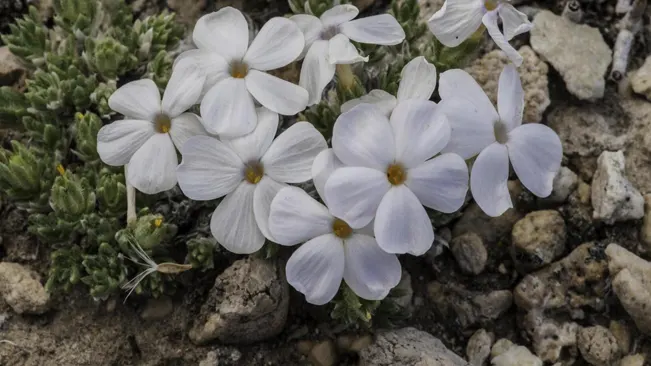
Alpine Meadowsweet (Filipendula vulgaris)
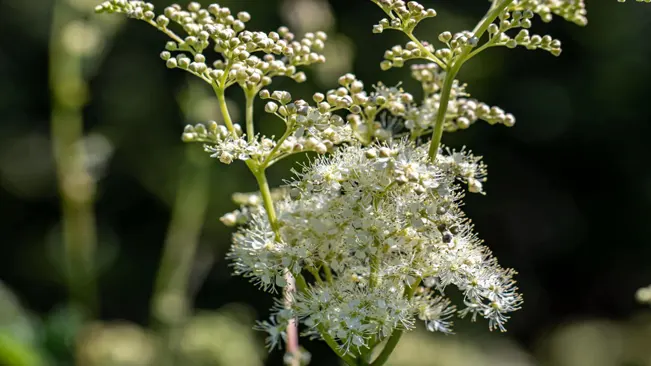
Sow the Seeds
The best time to sow wildflower seeds depends on your location and climate. In most regions, spring or early autumn are ideal times for planting. Before sowing, mix the seeds with a carrier material such as sand or vermiculite to help distribute them evenly. Scatter the seed mixture over the prepared soil, aiming for a uniform coverage. Lightly rake the soil to ensure good seed-to-soil contact, but avoid burying the seeds too deeply, as most wildflowers require light to germinate.
- Timing: The timing of sowing wildflower seeds depends on your specific location and climate. In general, spring or early autumn are ideal times for planting, as soil temperatures are warm enough for seed germination, and moisture levels are typically sufficient. Aim to sow seeds when the soil temperature is consistently above 50-60°F (10-15°C) for optimal germination.
- Seed Preparation: Before sowing, it’s essential to prepare the wildflower seeds to ensure even distribution and successful germination. Mix the seeds with a carrier material such as sand, perlite, or vermiculite. This helps to bulk up the seeds, making them easier to handle and ensuring uniform coverage when sowing. The carrier material also provides a visual aid, making it easier to see where the seeds have been dispersed.
- Site Preparation: Prepare the planting site by clearing away any debris, weeds, or existing vegetation. Loosen the soil to a depth of 1-2 inches using a garden fork or rake. This will create a loose, friable seedbed and provide a good environment for seed germination and root development.
- Sowing Method: Scatter the seed mixture evenly over the prepared soil surface, aiming for a uniform coverage. You can do this by hand or use a seed spreader for larger areas. Try to distribute the seeds as evenly as possible to avoid clumping and ensure consistent germination. If planting in rows or specific patterns, mark out the planting area beforehand to guide your sowing.
- Raking and Light Coverage: After sowing the seeds, lightly rake the soil surface to ensure good seed-to-soil contact. This helps to anchor the seeds in place and promotes germination. Avoid burying the seeds too deeply, as most wildflower seeds require light to germinate. A light covering of soil (approximately 1/8 to 1/4 inch) is sufficient to protect the seeds while still allowing light to reach them.
Water and Mulch
After sowing the seeds, gently water the area using a fine mist or sprinkler to avoid disturbing the seeds. Keep the soil consistently moist but not waterlogged until the seeds germinate and establish roots. Once the seedlings emerge, gradually reduce watering frequency, allowing them to adapt to natural rainfall patterns. Applying a thin layer of mulch, such as straw or shredded bark, can help retain moisture and suppress weeds while the wildflowers become established.
Watering
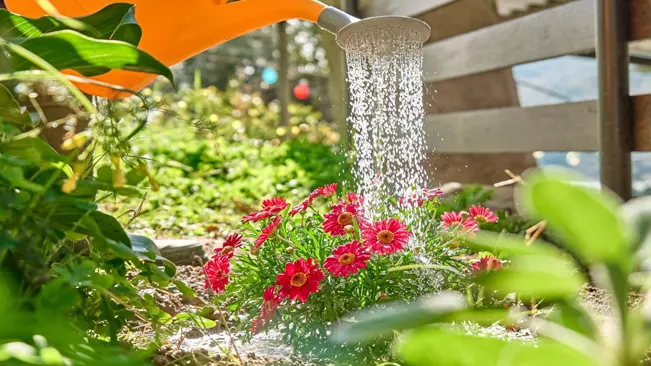
- Initial Watering: After sowing the seeds, it’s crucial to provide adequate moisture to kickstart the germination process. Use a fine mist or gentle sprinkler to water the area evenly, taking care not to disturb the seeds. A light watering will help settle the seeds into the soil while ensuring they remain moist.
- Consistent Moisture: Keep the soil consistently moist but not waterlogged during the germination and establishment phase. Check the soil moisture regularly and water as needed to prevent it from drying out. Depending on the weather conditions, you may need to water every day or every few days to maintain moisture levels.
- Avoid Overwatering: While it’s essential to keep the soil moist, be cautious not to overwater, as this can lead to waterlogging and root rot. Use a light touch when watering, and ensure that excess water can drain away freely from the planting area.
- Gradual Reduction: As the wildflower seedlings emerge and establish roots, gradually reduce the frequency of watering. Allow the seedlings to adapt to natural rainfall patterns and develop deeper root systems that can access moisture from deeper soil layers.
Mulching
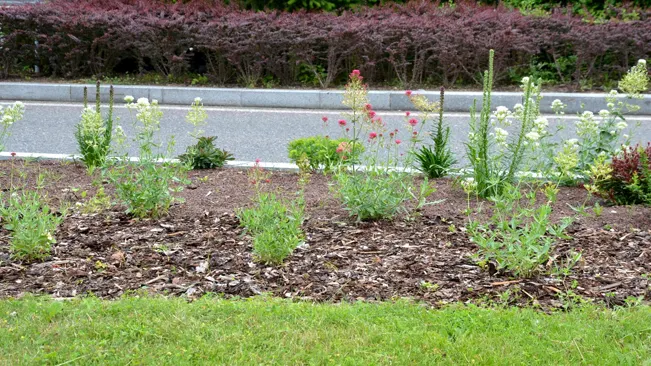
- Applying Mulch: Once the wildflower seeds have been sown and watered, consider applying a thin layer of mulch over the planting area. Mulch helps retain moisture in the soil, suppress weeds, and regulate soil temperature, creating a favorable environment for seed germination and seedling growth.
- Types of Mulch: Choose a mulch material that is suitable for your wildflower garden, such as straw, shredded bark, wood chips, or compost. Apply the mulch evenly over the soil surface, taking care not to bury the seeds too deeply. A layer of mulch around 1-2 inches thick is generally sufficient to provide the desired benefits.
- Mulch Maintenance: Monitor the mulch layer periodically and replenish it as needed to maintain the desired thickness. Mulch may break down over time, especially organic mulches, so adding fresh mulch can help prolong its effectiveness in retaining moisture and suppressing weeds.
Maintenance
While wildflowers are generally low-maintenance once established, some maintenance tasks are necessary to ensure their continued health and vigor. Regularly remove any weeds that compete with the wildflowers for resources, taking care not to disturb the delicate seedlings. Deadhead spent flowers to promote continuous blooming and prevent self-seeding, especially if you prefer a more controlled appearance in your garden.
Conclusion
Planting wildflower seeds is a simple and fulfilling activity that can transform your garden into a vibrant and lively habitat. By following these steps and tips, you can create a beautiful wildflower area that not only enhances the aesthetics of your outdoor space but also supports local biodiversity.
FAQs (Frequently Asked Questions)
- When is the best time to plant wildflower seeds?
The best time varies depending on your climate. In cooler climates, planting in spring or early fall is ideal. In warmer climates, late fall planting is recommended so that the seeds can germinate in the cooler weather. - Do I need to prepare the soil before planting wildflower seeds?
Yes, it’s important to clear the area of weeds and grass, loosen the soil to about 2-3 inches deep, and remove debris to create a good seedbed for germination. - How do I choose the right wildflower seeds?
Select native species that are well-suited to your region’s climate and soil. Consider the purpose of your garden, such as attracting pollinators or creating a colorful display. - Should I plant individual species or a seed mix?
Seed mixes provide a variety of flowers and can create a more natural look. However, individual species allow for more control over the garden’s appearance. - How do I sow wildflower seeds?
Mix the seeds with sand to help disperse them evenly, and then scatter them over the prepared soil. Ensure good seed-to-soil contact, but don’t bury the seeds too deep as many need light to germinate. - How much should I water my wildflower garden?
Keep the soil moist until seeds germinate, then gradually reduce watering. Mature wildflowers typically do well with less water and can often thrive on natural rainfall. - Do wildflowers need fertilizer?
Generally, wildflowers don’t require much fertilizer. Over-fertilizing can lead to excessive foliage growth at the expense of blooms. - How do I manage weeds in my wildflower garden?
Regular weeding, especially during the early growth stages, is crucial. Mulching can also help suppress weed growth. - Can I plant wildflowers in a container?
Yes, wildflowers can grow in containers, but choose a mix of species suited for container gardening and ensure adequate drainage. - What maintenance is required for a wildflower garden?
Maintenance includes deadheading spent blooms to encourage more flowering, removing weeds, and cutting back perennials at the end of the blooming season. Annuals may need to be reseeded each year.
And there you have it! With these steps, you’re well on your way to creating a vibrant and colorful wildflower garden. Just give your seeds the care they need, and soon enough, you’ll be enjoying a burst of nature’s beauty right in your own backyard. Happy planting!

Kristine Moore
Forestry AuthorI'm Kristine Moore, a seasoned garden landscaping professional with over 30 years of experience. My extensive career has been dedicated to transforming outdoor spaces into stunning, sustainable landscapes. With a deep understanding of horticulture, design principles, and environmental stewardship, I have become a respected figure in the field, known for creating harmonious, visually appealing, and eco-friendly gardens. My commitment to excellence and continuous learning in landscaping trends and techniques has solidified my reputation as an expert in garden design and implementation.







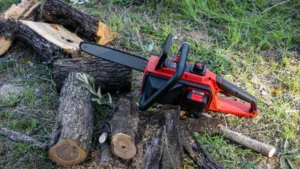


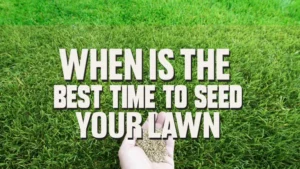


Leave your comment